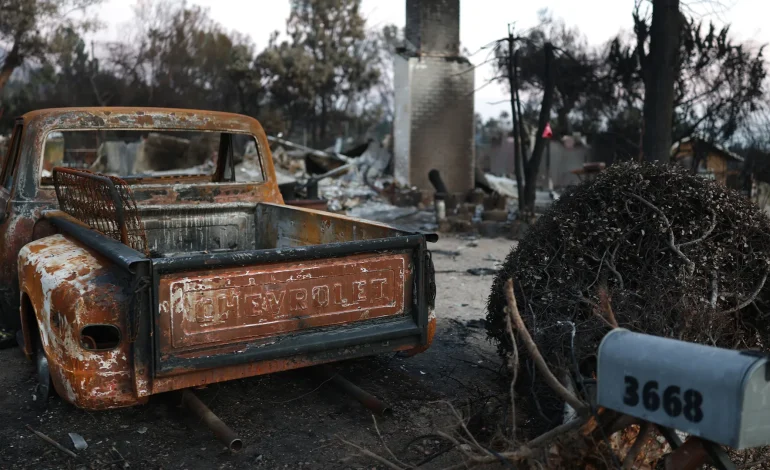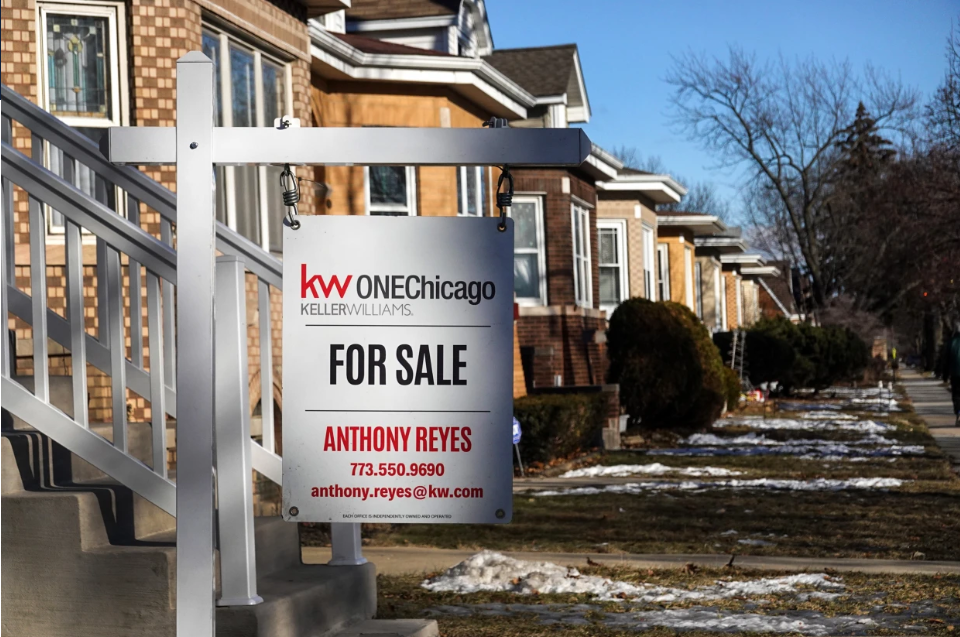Climate Change to Impact US Real Estate with $1.47 Trillion Loss, Report Warns

A new report from climate analytics firm First Street Foundation reveals that climate change-driven risks are expected to erode more than $1 trillion in US real estate value by 2055.
As natural disasters and extreme weather events become more frequent, Americans will increasingly migrate from high-risk areas, causing significant economic shifts in property values and population distribution.
The report, titled Property Prices in Peril, classifies US neighborhoods into five categories based on climate risk and population trends:
- Climate Abandonment: Areas with high climate risks and rising insurance premiums, leading to population decline.
- Risky Growth: Locations where climate risks persist, but economic and social factors continue to attract residents.
- Climate Resilient: Regions with limited climate risks that attract new residents.
- Tipping Points: Neighborhoods on the brink of population decline due to rising climate risks.
- Economically Stagnant: Areas facing low climate risks but experiencing population loss due to limited economic opportunities.
Texas’ major metropolitan areas, for example, are categorized as risky growth zones expected to see a 76% population increase over the next 30 years, despite persistent climate threats. Conversely, climate abandonment regions are projected to lose 38% of their populations.
The report estimates that climate risks will trigger a 1.7% nationwide decline in property values over three decades, with some areas such as Tampa, Florida, facing up to a 25% drop. Climate abandonment zones are expected to suffer the largest losses, averaging 6.2%.
Compounding these issues, homeowners are likely to face a 29.4% hike in insurance premiums by 2055, driven by climate-related events and rising repair costs. Areas like Miami, New Orleans, and Sacramento are expected to see significant premium spikes.
First Street’s research highlights the hyperlocal nature of climate risks. Within a single metro area, neighborhoods may vary significantly in climate vulnerability. Jeremy Porter, head of climate implications at First Street, noted that Americans tend to seek safer areas within their communities rather than relocate across states.
“We’re still not seeing these large macro-level movements from Houston or Miami to Minnesota or Michigan,” Porter explained. “Instead, people want to stay near their families, jobs, and schools but in less risky locations.”
While the report refrains from designating definitive climate havens, it identifies parts of the Midwest, such as Dane County, Wisconsin, and Franklin County, Ohio, as likely to remain resilient over the coming decades. These areas may attract climate-driven migration due to their relatively stable weather conditions.
The findings underscore the profound economic consequences of climate change on regional real estate markets.
“Climate change is no longer a theoretical concern; it is a measurable force reshaping real estate markets and regional economies across the United States,” Porter emphasized.







